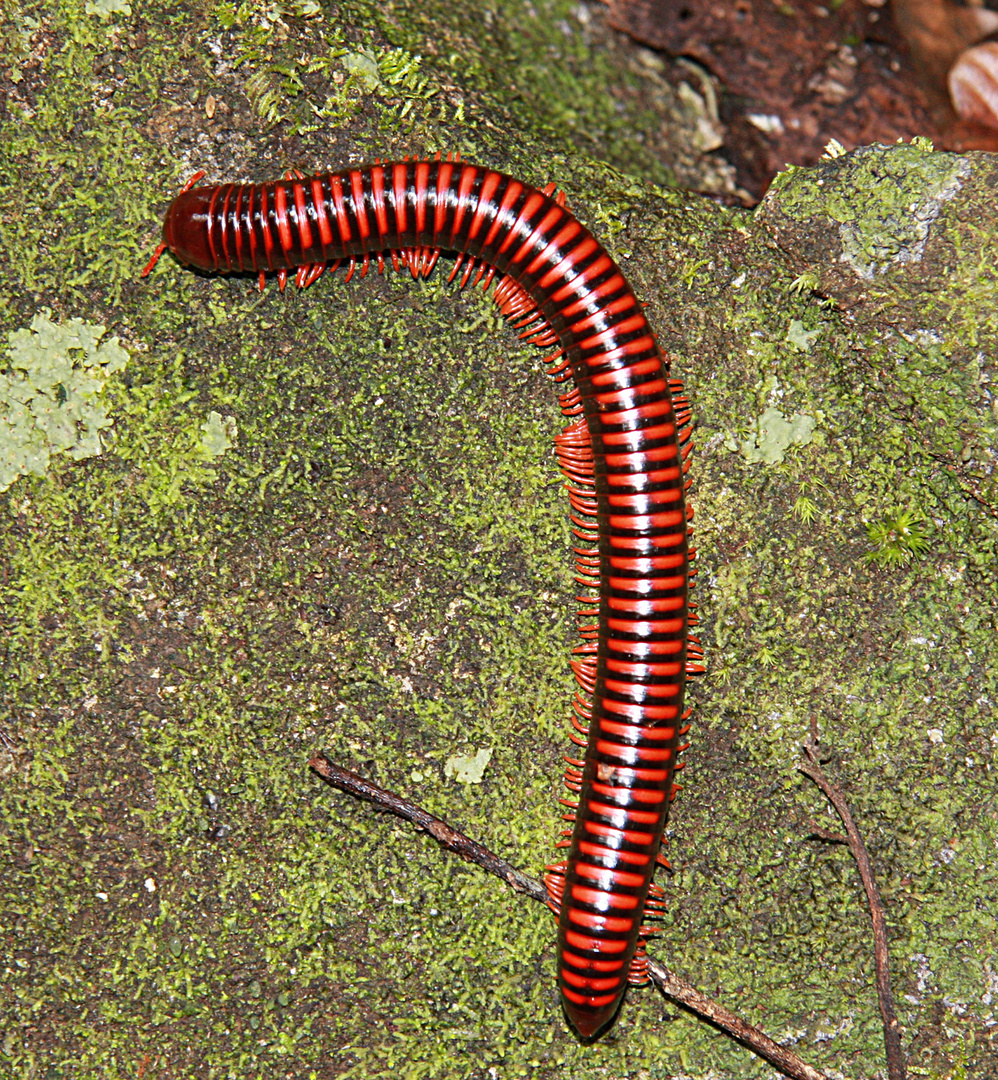Tausendfuessler
This page was last edited on 25 October 2020, at 06:57. Files are available under licenses specified on their description page. All structured data from the file and property namespaces is available under the Creative Commons CC0 License; all unstructured text is available under the Creative Commons Attribution-ShareAlike License; additional terms may apply. Translate texts with the world's best machine translation technology, developed by the creators of Linguee. Look up words and phrases in comprehensive, reliable bilingual dictionaries and search through billions of online translations. Arado Ar.232V1 & Ar.232V2: Arado Ar.232A prototypes and research aircraft, powered by two 1,193 kW (1,600 hp) BMW 801A/B engines. Arado Ar.232V3 & Ar.232V4: Arado Ar.232B prototypes and research aircraft, powered by four BMW Bramo 323R-2 Fafnir engines. Arado Ar.232A: Pre-production aircraft used for operational trials, powered by two BMW801 engines, only ten built. German: centipede, millipede (zoology) myriapod. Definition from Wiktionary, the free dictionary.
This file is licensed under the Creative Commons Attribution-Share Alike 3.0 Unported license.: You are free: to share – to copy, distribute and transmit the work; to remix – to adapt the work; Under the following conditions: attribution – You must give appropriate credit, provide a link to the license, and indicate if changes were made. You may do so in any reasonable manner, but not in.
The Tausendfüßler (German: millipede) was an elevated street in Düsseldorf.

Construction[edit]
The concept of the bridge was a kind of swinging Y: The traffic flowed (only in only direction) from the north on three tracks in a soft curve. In the middle of the bridge the traffic split. Two tracks went to the east and followed the curve in direction to the Düsseldorf main station, two other tracks (the incoming middle track was split) followed a soft curve in the other direction, together with the first curve an S-curve in southern direction.
Its length was 536 meters, 391 meters on its main direction north to south, 145 meters in the east direction.On its three-tracks part it has a width of 25 meters.
It was constructed in the years 1961 to 1962, following a concept of automotive mobility in Düsseldorf from the 1950s.
The Tausendfüßler belongs to a building ensemble from the early 1960s together with the Schauspielhaus Düsseldorf (City Theatre) and the Dreischeibenhaus (a skyscraper).


The architect of the Tausendfüßler was Friedrich Tamms, a professor on architecture and a member of city council.
In December 1993 the Tausendfüßler was listed in the list of city monuments in the category Technical monuments, buildings and equipment for road.
Demolition[edit]
It was demolished in 2013, as part of the Kö-Bogen project.
References[edit]
External links[edit]
- Tausendfüßler at Structurae
- 'Tausendfüßler'. brueckenweb.de (in German).
- Planning after demolition on duesseldorf.de (German)
Tausendfuessler Neu Isenburg
Coordinates: 51°13′33″N6°46′58″E / 51.22583°N 6.78278°E